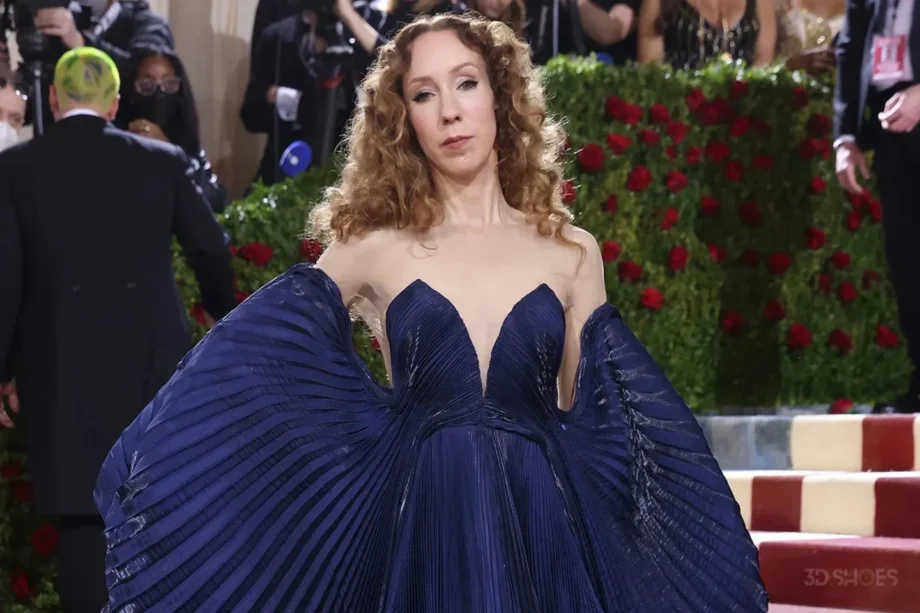Introduction: The Future of Fashion is Here
Imagine a world where clothing is no longer sewn but sculpted—crafted from 3D-printed lattices, laser-cut fabrics, and magnetically grown textiles. This isn’t a sci-fi fantasy; it’s the present, meticulously shaped by Iris van Herpen. Since launching her label in 2007, van Herpen has not just pushed boundaries—she’s obliterated them. By fusing cutting-edge technology with the time-honored artistry of couture, she’s revolutionized fashion, creating pieces that seem to defy gravity, physics, and even time itself.
A Dance with Design: The Early Years
Born in the Netherlands in 1984, van Herpen’s first love wasn’t fabric—it was movement. Trained in classical ballet, she developed a deep appreciation for fluidity, structure, and form—elements that now define her otherworldly designs. While studying at ArtEZ University of the Arts, her perspective expanded beyond traditional draping and pattern-making. A pivotal internship with Alexander McQueen—the master of avant-garde—cemented her fascination with fashion as a performance, a science, and an art form.
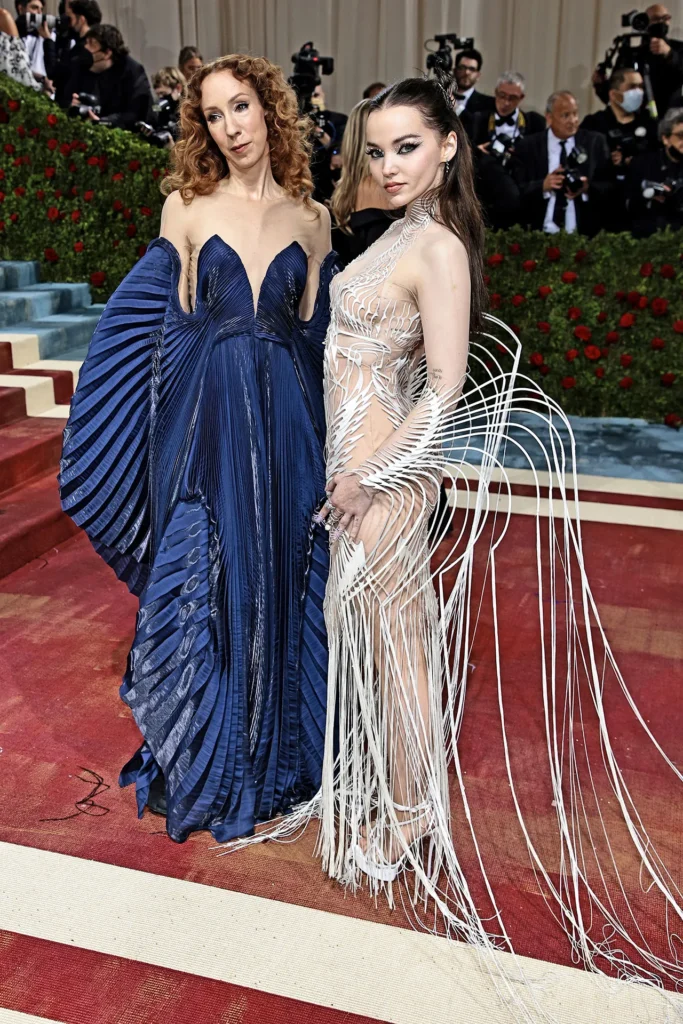
The Birth of a Visionary Label
In 2007, van Herpen debuted her own label, instantly making waves with a style that blended traditional haute couture craftsmanship with radical innovation. Her first major collection, “Chemical Crows”, showcased intricate designs inspired by the erratic movement of birds, constructed with hand-molded metal. But it was her groundbreaking work in 3D printing, biomimicry, and experimental textiles that set her apart from every other designer in haute couture.
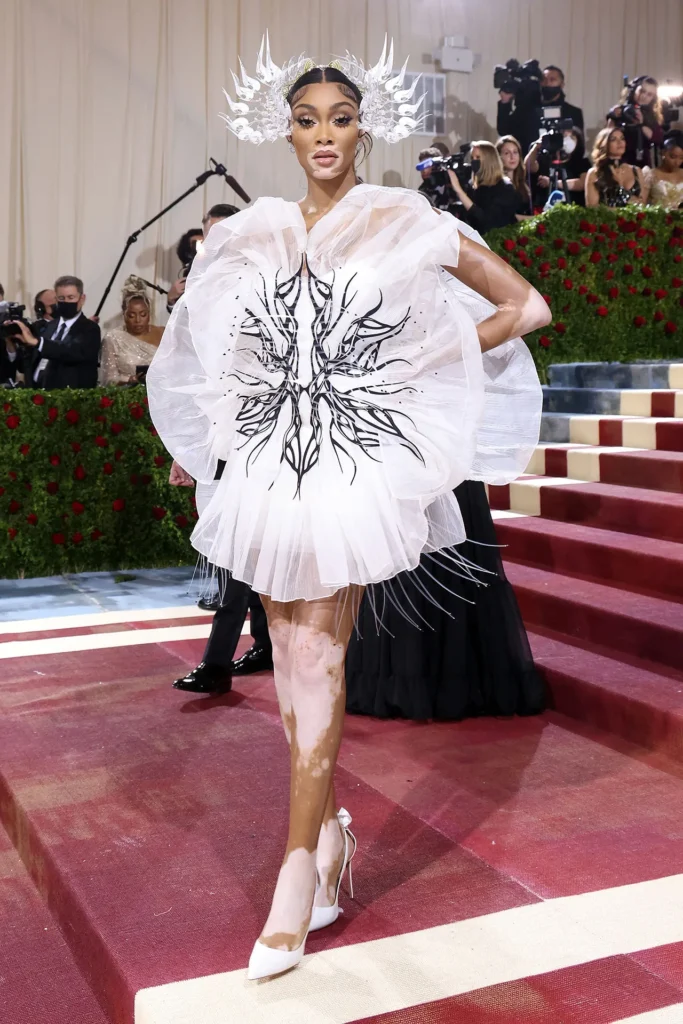
Pioneering Techniques & Iconic Collections
The Tech Behind the Fashion
Van Herpen’s creations blur the line between fashion and science. She was among the first to incorporate 3D printing into haute couture, collaborating with Belgian company Materialise to craft rigid, skeletal dresses that look like they belong in a futuristic museum rather than a runway. Other pioneering techniques include:
- Laser Cutting: Precision slicing to create intricate, layered designs.
- Magnetically Grown Textiles: Metal-infused materials shaped by electromagnetic forces.
- Biodegradable Mycelium Fabrics: Exploring fungi-based materials as sustainable fashion alternatives.
Signature Collections That Redefined Couture
- Crystallization (2010) – Featured the first-ever 3D-printed dress on a runway, inspired by the transformation of water into ice crystals.
- Capriole (2011) – Gravity-defying garments reflecting the weightless elegance of a ballet leap.
- Voltage (2013) – Explored the intersection of electricity and fashion, featuring collaborations with architect Philip Beesley.
- Magnetic Motion (2014) – Used magnetic sculpting to create dresses shaped by unseen forces.
- Hypnosis (2019) – Laser-cut, flowing patterns mimicking the movement of water.
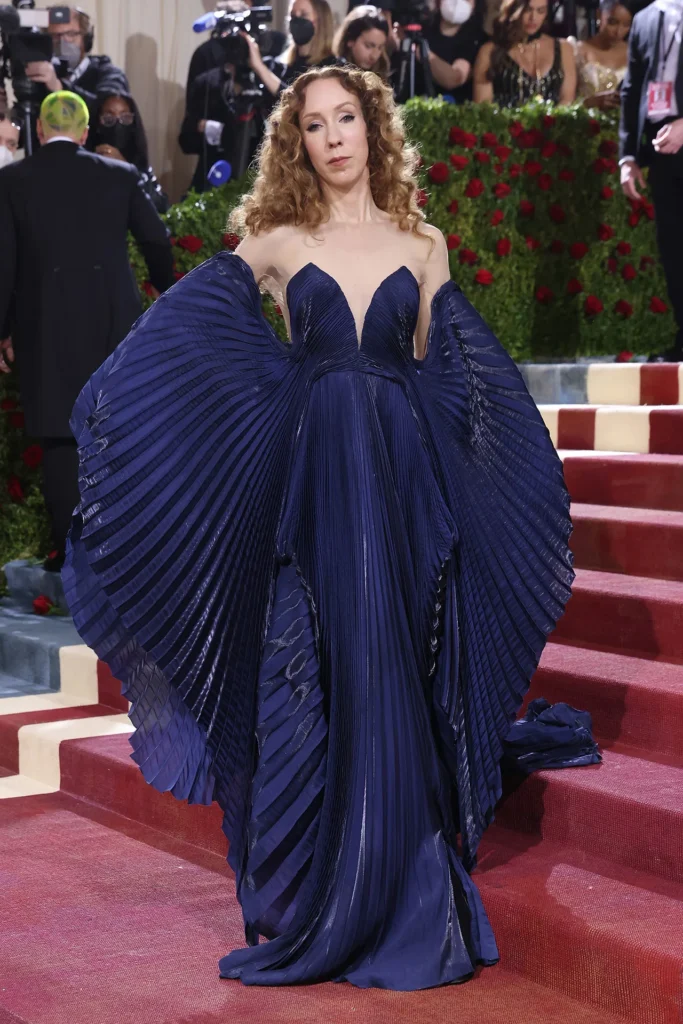
Collaborations: Pushing the Boundaries of Fashion
Beyond couture, van Herpen’s work has infiltrated music, art, and science.
- Björk’s “Biophilia” Tour – Custom avant-garde costumes for the Icelandic singer.
- Dom Pérignon, Rolls-Royce & Apple – Luxury collaborations that merge fashion with innovation.
- Museum Exhibitions – Displayed at The Metropolitan Museum of Art, MoMA, and the Victoria & Albert Museum.
- NASA-Inspired Designs – Experimenting with zero-gravity textiles and future spacewear concepts.
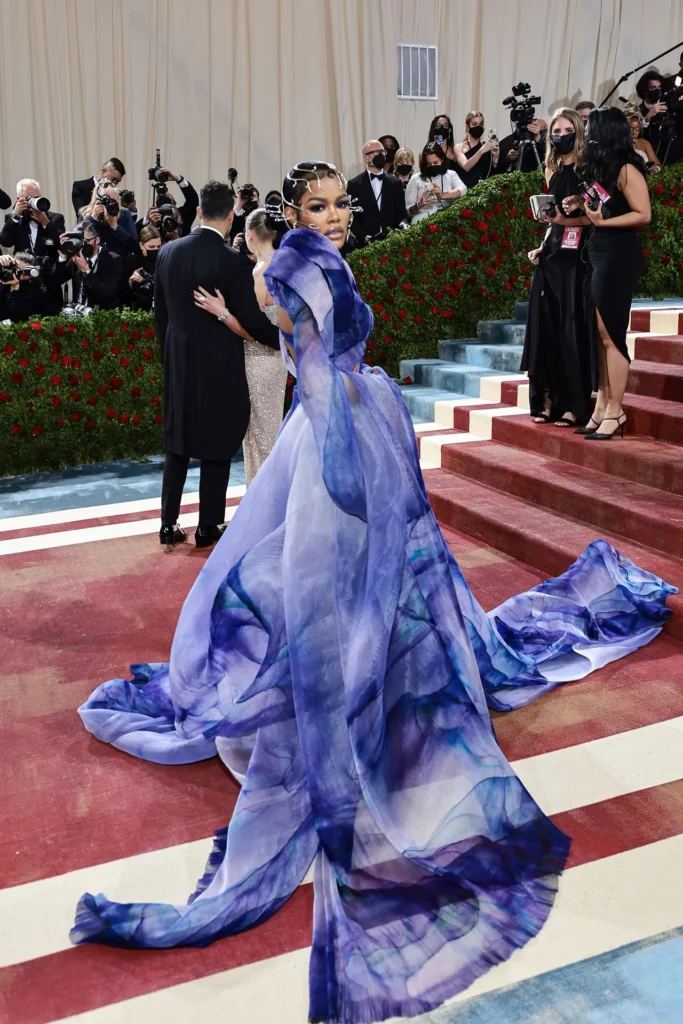
A Commitment to Sustainability
For van Herpen, technology is not just about innovation but responsibility. As the fashion industry struggles with sustainability, she has pioneered eco-conscious alternatives:
- Parley for the Oceans Collaboration: Upcycled marine debris transformed into high-fashion garments.
- Vegan Cocoa Dresses: A Magnum x van Herpen collab creating couture from cocoa bean waste.
- Mycelium-Based Textiles: Exploring fungi-grown fabrics as an alternative to traditional leather.
She joins other pioneers like Stella McCartney, Marine Serre, and Suzanne Lee, proving that the future of fashion is not just digital—it’s sustainable.
The Future: What’s Next for Van Herpen?
With each collection, Iris van Herpen expands our understanding of what fashion can be. From self-transforming garments to AI-generated designs, the future is hers to create. As she continues to challenge the limits of materiality, movement, and sustainability, one thing is certain:
She isn’t just designing clothes—she’s engineering the future of fashion.



